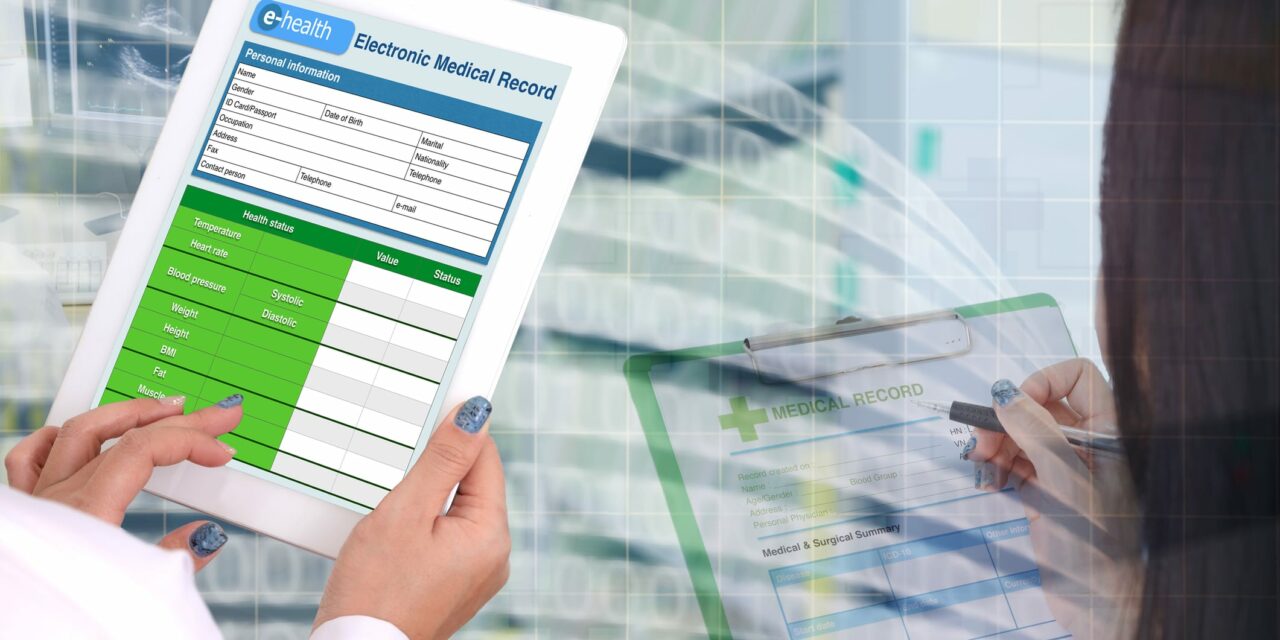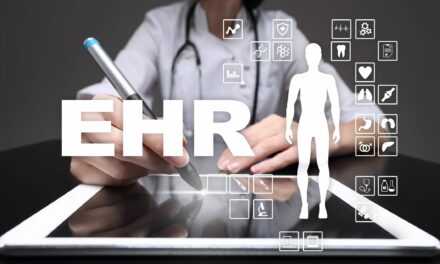Electronic health records enhance dermatological care by improving diagnostic accuracy, streamlining patient management, and optimizing treatment outcomes.
The integration of electronic health records (EHR) systems in dermatology has improved clinical outcomes. This article explores the multifaceted benefits of EHR systems, focusing on enhanced diagnostic accuracy, streamlined patient management, and improved treatment outcomes in dermatological practices.
EHR systems provide comprehensive patient histories and integrated diagnostic tools. Dermatologists can access detailed patient records, including previous treatments, allergies, and comorbidities, enabling more accurate and informed diagnoses.
- Access to Historical Data: EHR systems offer immediate access to a patient’s medical history, including previous dermatological issues, lab results, and biopsies, which aids in identifying patterns and making more accurate diagnoses. Studies have shown that EHRs can significantly reduce diagnostic errors by providing a complete and organized record of patient information (BioMed Central).
- Clinical Decision Support Tools: Many EHR platforms come equipped with clinical decision support tools that suggest potential diagnoses and treatment plans based on the entered data. These tools help dermatologists consider a broader range of differential diagnoses and select the most appropriate treatment. Research indicates that such tools improve diagnostic accuracy and treatment efficacy (Scholars@Duke) (BioMed Central).
Streamlined Patient Management

The efficiency of patient management in dermatology has significantly increased with the adoption of EHR systems. The ability to efficiently organize and access patient information streamlines various aspects of practice management.
- Improved Appointment Scheduling: EHR systems enable better scheduling practices, reducing wait times and optimizing clinic flow. Patients can book appointments online, and dermatologists can access their schedules remotely, ensuring better time management (BioMed Central).
- Enhanced Communication: EHR systems facilitate secure communication between dermatologists and patients through patient portals. These portals allow patients to view their health records, request prescription refills, and communicate directly with their healthcare providers, improving patient engagement and satisfaction (BioMed Central) (BioMed Central).
Improved Treatment Outcomes
The ultimate goal of EHR systems in dermatology is to improve patient outcomes through personalized and evidence-based care. The detailed documentation and analysis capabilities of EHRs support this objective in several ways.
- Personalized Treatment Plans: With access to comprehensive patient data, dermatologists can create more tailored treatment plans that consider the patient’s entire medical history. This leads to more effective and personalized care. Evidence suggests that personalized care plans based on EHR data result in better treatment adherence and outcomes (BioMed Central).
- Tracking and Follow-up: EHR systems allow for meticulous tracking of patient progress and treatment efficacy. Dermatologists can set reminders for follow-up appointments and monitor treatment outcomes over time, adjusting care plans as necessary to achieve the best results (BioMed Central).
Challenges and Future Directions

While the benefits of EHR systems are clear, their implementation is not without challenges. Dermatologists may face issues such as system interoperability, data security concerns, and the learning curve associated with new technology. However, ongoing advancements and refinements in EHR technology continue to address these challenges, promising even greater improvements in clinical outcomes.
- Interoperability Issues: Ensuring that different EHR systems can communicate effectively remains a significant challenge. Efforts are ongoing to develop universal standards and protocols to facilitate better data sharing and integration (Oxford Academic).
- Data Security: Protecting patient information is paramount, and EHR systems must comply with stringent data security regulations to prevent breaches and maintain patient trust (Oxford Academic).
- User Training: Comprehensive training programs are essential to ensure that dermatologists and their staff can effectively utilize EHR systems, maximizing their potential benefits (Oxford Academic).
EHR systems enhance diagnostic accuracy, streamline patient management, and improve treatment outcomes. As technology continues to evolve, the potential for EHR systems to further advance dermatological care is immense. Embracing these systems and addressing their challenges will be crucial for dermatologists aiming to provide the highest quality of care.
References:
- Kawamoto, K., & Lobach, D. F. (2003). Clinical decision support provided within physician order entry systems: a systematic review of features effective for changing clinician behavior. AMIA Annu Symp Proc, 361–365.
- Moore, M., & Wasson, J. H. (2006). The impact of electronic medical records on primary care. British Medical Journal, 332(7536), 963-966.
- Colpaert, K., et al. (2006). Impact of computerized physician order entry on medication prescription errors in the intensive care unit: a controlled cross-sectional trial. Critical Care (London, England), 10(1): R21.
- Prgomet, M., et al. (2017). Impact of commercial computerized provider order entry (CPOE) and clinical decision support systems (CDSSs) on medication errors, length of stay, and mortality in intensive care units: a systematic review and meta-analysis. J Am Med Inform Assoc, 24(2): 413–422.
- McGraw, D., & Dempsey, J. X. (2009). Health care information privacy and security regulatory environment. Health Affairs, 28(2), 416-424.
- Goveia, J., & Van Stiphout, F. (2012). The effectiveness of e-learning in continuing medical education for primary care physicians: A systematic review. Journal of Continuing Education in the Health Professions, 32(2), 97-107.
Photo 83681568 © Pandpstock001 | Dreamstime.com



